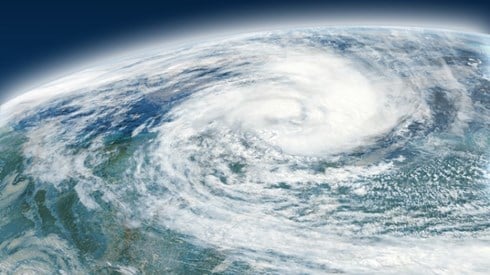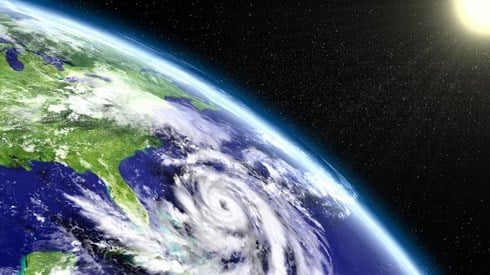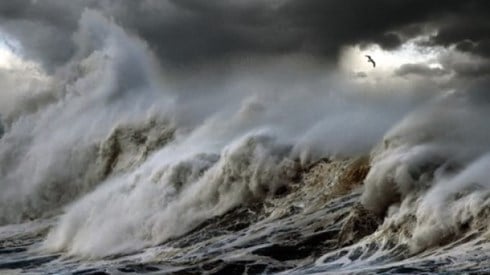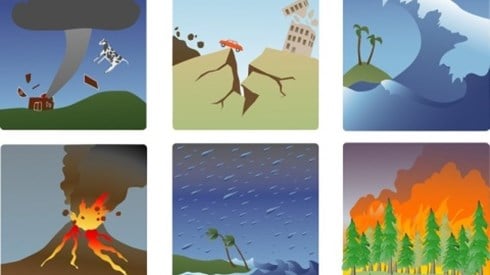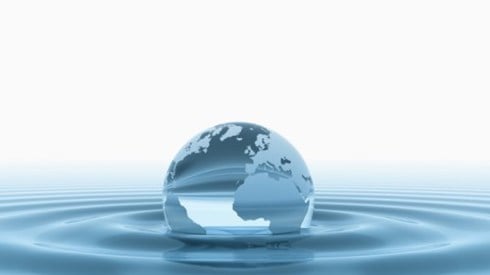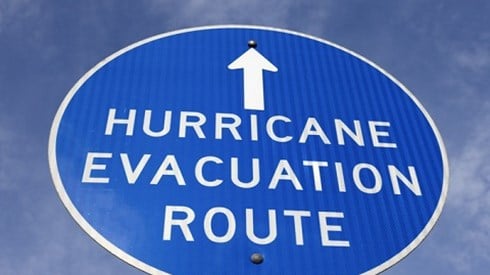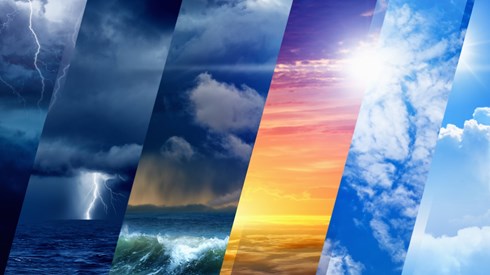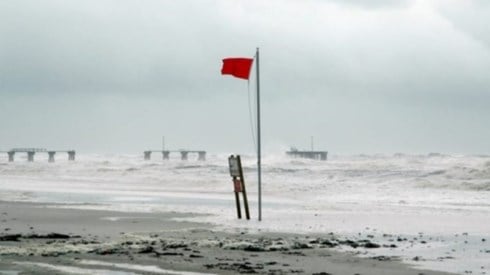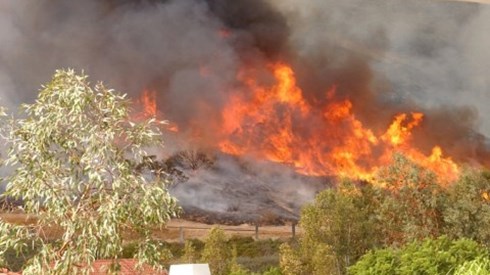Modeler Projects 2022 Natural Catastrophe Losses Reaching $123 Billion
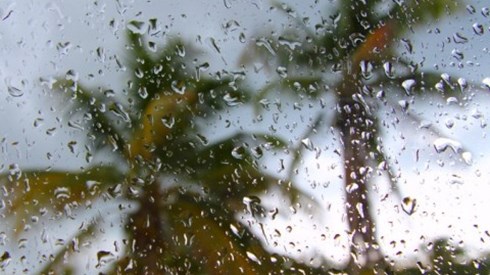
October 05, 2022

Catastrophes around the world are expected to cause $123 billion in insured losses this year, well above the average of $74 billion over the past 10 years, according to a new report from Verisk Extreme Event Solutions.
Verisk's 2022 Global Modeled Catastrophe Losses report notes that over the past 5 years insured natural catastrophe losses have actually averaged $100 billion, compared with an average of less than $50 billion over the previous 5 years.
The September 28, 2022, Verisk report notes that while many have attributed the increase to climate change, in fact a number of factors were responsible. The risk modeling firm lists those factors in order as follows.
- A rise in exposure values and replacement costs, as seen both by continued construction in high-hazard areas and by high levels of inflation that are driving up costs to repair and rebuild
- The natural variability associated with selecting any 5-year sample of catastrophe experience
- The effects of climate change on different atmospheric perils
- The impacts of human-made loss drivers, such as social inflation and legal and regulatory factors
"The most significant factor driving increased catastrophe losses over the past few years is the rise in exposure values and replacement costs," Bill Churney, president of Verisk Extreme Event Solutions, said in a statement. "Both are represented by continued construction in high-hazard areas as well as high levels of inflation that are driving up repair and rebuild costs.
"For this reason, it's important for insurers to regularly reassess their exposures, particularly in the most vulnerable urban and coastal areas," Mr. Churney said. "Updating the property replacement values used in catastrophe modeling and other processes helps to ensure a more informed view of risk."
The report notes that a typical 5 percent increase in exposure values and construction costs each year would result in a more than 60 percent increase in losses over a 10-year period.
Regarding the uncertainty and natural variability, Verisk notes that while the industry tends to use the term "secondary perils" to refer to non-hurricane and non-earthquake risks, losses from such events as wildfires and severe storms are in fact quite significant.
"All catastrophes contribute to losses, whether they are a single major event, an aggregation of smaller ones, or a combination of the two," the report says. "While some perils are responsible for far greater losses than others, these losses are all part of a spectrum, and Verisk does not categorize perils as 'primary' or 'secondary.'"
Addressing the impacts of climate change, the Verisk report notes that from a scientific perspective, there can be greater confidence in assessing perils that are directly tied to changes in temperature and regional hydrological cycles.
"Therefore, perils such as floods, droughts, wildfire, and sea level rise (and therefore storm surge) are becoming more severe, and the observational data corroborates the science," the report says. "For other perils, the contribution of climate change is harder to quantify, especially on shorter time scales. However, we are diligently working to combine the science of climate change and the trends in historical data to ensure our models are climate-ready and reflect the near-present climate risk."
Considering the fourth factor driving increased natural catastrophe losses, human-made factors such as regulation and social inflation, the Verisk report allows that while the impact of social inflation is real, modeling its impact is difficult.
"Because social inflation occurs post-event and depends on a variety of societal factors, it can be very difficult for models to accurately capture this phenomenon," the Verisk report says. "While social inflation may be an ongoing trend, there is no single occurrence or triggering event that can capture the impact of social inflation. As a result, social inflation remains difficult to quantify, and we acknowledge (re)insurers may need to adjust the output from the models to account for social inflation for select perils and regions known to be impacted by the phenomenon."
Verisk says its models estimate a greater than 40 percent chance of 5-year average natural catastrophe losses exceeding $100 billion, which suggests that the experience of the past 5 years should not be seen as out of the ordinary.
Verisk's models also showed at least a 50 percent chance of experiencing a single year in the next decade in which insured losses exceed $200 billion.
The Verisk catastrophe losses report is based on the company's suite of catastrophe models and updated industry exposure databases from around the world.
The Verisk catastrophe losses report was issued just prior to Hurricane Ian making landfall in Florida and South Carolina in late September. Verisk has since estimated that insured losses to onshore property from Hurricane Ian will range from $42 billion to $57 billion. That estimate excludes losses to the National Flood Insurance Program (NFIP) and the potential impacts of litigation and social inflation, which could push the total insured industry loss from Hurricane Ian over $60 billion, Verisk said.
Verisk said that most of the Hurricane Ian loss—$38 billion to $51 billion—will result from wind damage. Storm surge, excluding NFIP losses, accounts for $3 billion to $5.5 billion of the estimate, with inland flood losses representing less than $1 billion.
The vast majority of the industry loss from Hurricane Ian is in Florida, the modeler indicated, with approximately 1 percent of the total insured loss expected to result from Ian's impacts in South Carolina.
October 05, 2022
